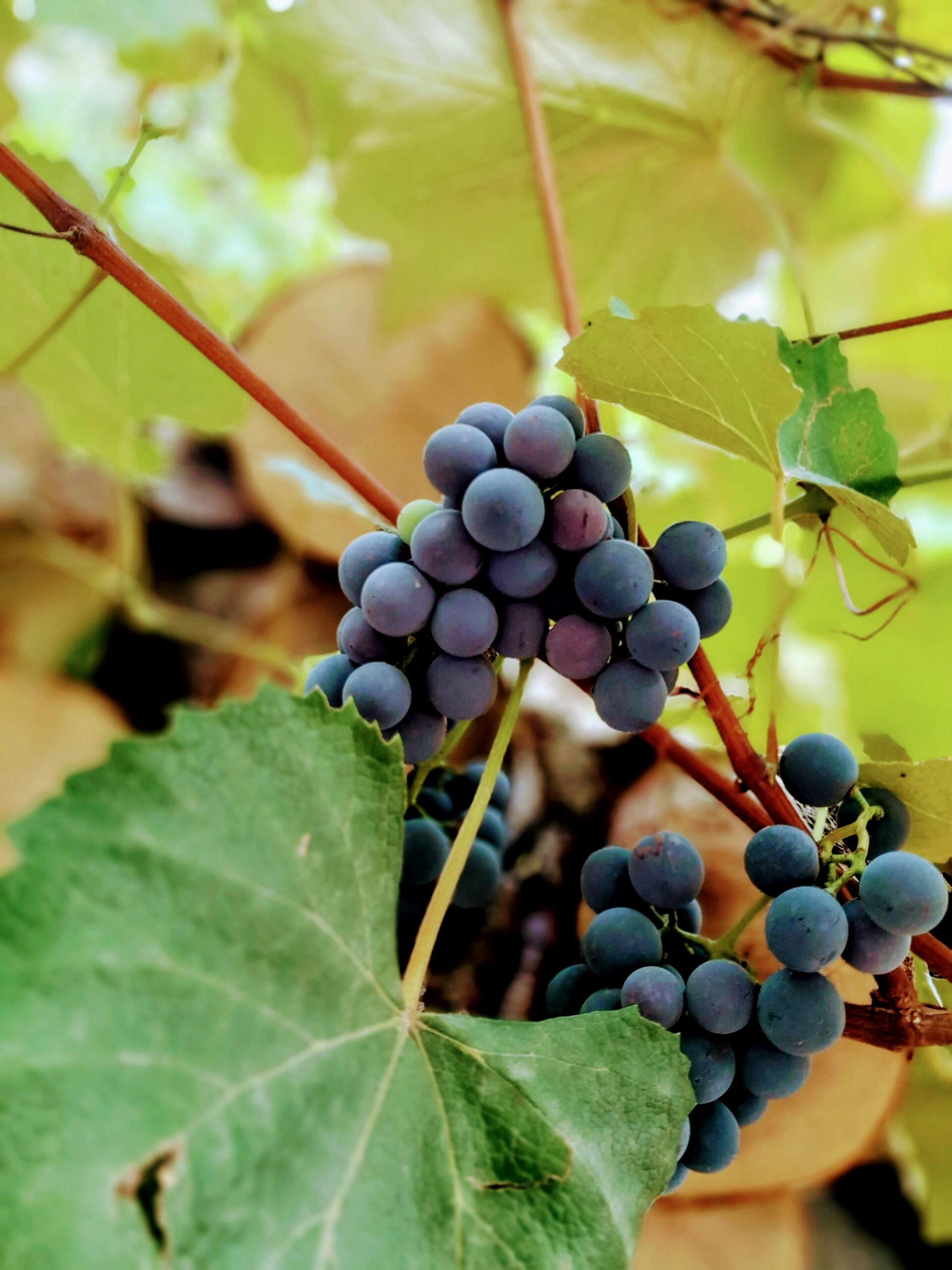September marks one of the most exciting and crucial times in the life of a vineyard: harvest season. After months of careful nurturing, monitoring, and waiting, this is the moment when all the work of the growing season culminates. Grapes are ready to be picked, and winemakers begin the process of turning fruit into wine. But what exactly happens in the vineyard during this pivotal month? Let’s take a closer look.
The Ripening Process: Watching for the Perfect Moment
By the time September arrives, grapevines have completed their summer growth cycle and are in their final stages of ripening. This process, called veraison, begins in mid-to-late summer when grapes change color and start to accumulate sugars while losing acidity. Throughout August and into September and October (and sometimes even November), vineyard teams closely monitor each cluster, testing for:
- Sugar levels (Brix): Higher sugar levels mean riper grapes, which translates into more potential alcohol during fermentation.
- Acidity: Balanced acidity ensures freshness and structure in the finished wine.
- Phenolic ripeness: This includes flavor compounds, color development in red grapes, and tannin maturity.
Winemakers must carefully decide when the grapes have reached the perfect balance of sugar, acid, and flavor. Harvest too early, and the wine might taste tart or underripe; wait too long, and the wine could lack structure or feel overly heavy.
Hand-Picking vs. Mechanical Harvesting
Once the grapes are deemed ready, harvest begins. Depending on the vineyard, grapes may be picked by hand or with mechanical harvesters.
- Hand-picking: This traditional method allows workers to select the best clusters and avoid damaged or unripe fruit. Hand-picking is gentler on the vines and often preferred for premium wines.
- Mechanical harvesting: Larger vineyards often rely on machines that can quickly harvest acres of grapes in a short time. This method is efficient but less selective than hand-picking.
Regardless of the method, the goal is to move the grapes from vine to winery as quickly and carefully as possible to preserve their quality.
Watch Natalie harvesting her 2014 Chardonnay vines in this video: https://youtu.be/oIxrw6wjAwo
The Atmosphere of Harvest
Harvest season is both exhilarating and exhausting. Vineyard crews often work long days, sometimes starting before sunrise to pick grapes while they are cool. Cooler temperatures help preserve the grapes’ natural acidity and prevent premature fermentation. The vineyard hums with energy—tractors moving bins of freshly picked fruit, workers moving row by row, and the scent of ripe grapes filling the air.
For many wineries, September is not just about the physical act of harvesting but also about community. Families, seasonal workers, and sometimes even volunteers join in, making harvest feel like a celebration of the year’s hard work.
From Vineyard to Winery
After picking, grapes are quickly transported to the winery. Timing is critical: the fresher the grapes, the better the wine. Once they arrive, the fruit goes through several steps:
- Sorting: Leaves, stems, and damaged grapes are removed to ensure only the best fruit makes it into the wine.
- Crushing and Destemming: Grapes are gently broken open, and stems are separated from the berries.
- Fermentation Preparation: Depending on the wine style, the winemaker may press white grapes immediately to extract juice or allow red grapes to ferment with their skins to develop color and tannin.
This transition from vineyard to winery marks the start of the winemaking journey, but everything hinges on the choices made during harvest.
The Importance of Timing
One of the most fascinating aspects of harvest season is that no two vineyards—or even blocks within the same vineyard—ripen at exactly the same time. Factors that influence timing include:
- Grape variety: Early-ripening grapes like Pinot Noir and Sauvignon Blanc may be picked in early September, while Cabernet Sauvignon, Syrah, or Riesling hang on the vine until October.
- Microclimate: Vineyards on a sunny hillside may ripen sooner than those in cooler, shaded valleys.
- Winemaking style: Some winemakers prefer slightly underripe fruit for a fresher, more vibrant wine, while others wait for richer, riper flavors.
Each decision is a balance of science, art, and intuition.
September: The Month of Transition
Beyond the technical details, September is also a month of transition in the vineyard. The lush green canopies of summer begin to shift, with leaves tinged in gold and red, signaling the approach of autumn. Harvest is both an ending and a beginning: the close of one growing season and the birth of the next vintage.
In the Glass
While it may take months or years before the wines made from this harvest are ready to drink, the choices made in September shape their character. Every bottle begins with this critical month in the vineyard—the patience of waiting for ripeness, the precision of picking at just the right time, and the celebration of another year’s cycle coming full circle.
In essence, September is when vineyards and wineries come alive. It is a month of long days, careful decisions, and joyful anticipation. As you sip a glass of wine, you’re tasting not just fermented grapes but the story of a harvest—the hard work, the timing, and the magic that begins in the vineyard!
Cheers,
Natalie


